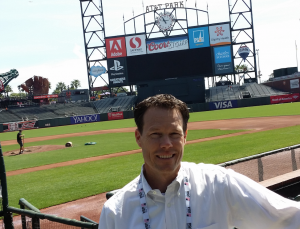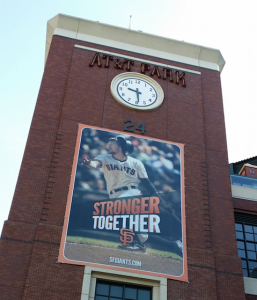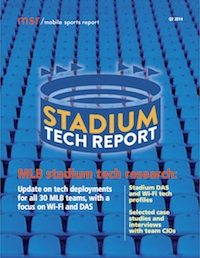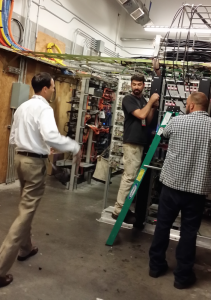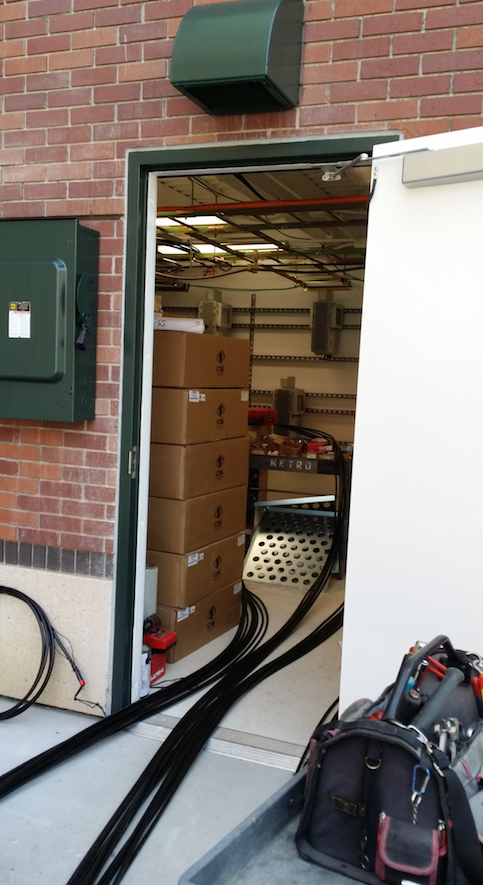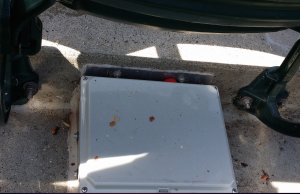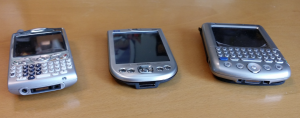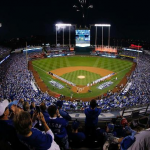 According to reports from Kansas City, the previously Wi-Fi-less Kauffman Stadium now has a working free Wi-Fi network for fans, apparently installed recently by Major League Baseball’s advanced media group. Though we haven’t yet received any official confirmation about the network’s launch from either the Royals organization or from MLBAM, two separate sources confirmed that free Wi-Fi is available in the stadium, and apparently has been for a few weeks now.
According to reports from Kansas City, the previously Wi-Fi-less Kauffman Stadium now has a working free Wi-Fi network for fans, apparently installed recently by Major League Baseball’s advanced media group. Though we haven’t yet received any official confirmation about the network’s launch from either the Royals organization or from MLBAM, two separate sources confirmed that free Wi-Fi is available in the stadium, and apparently has been for a few weeks now.
In our reporting about MLB Wi-Fi deployments for our Q2 Stadium Tech Report, we found that Kauffman Stadium was one of 10 MLB parks not yet offering Wi-Fi for fans in the seats. But since this spring MLBAM has publicly said that it plans to help install Wi-Fi in the remaining parks that need it, including helping to pay for the deployment if necessary. One possible reason for the speedy deployment at Kauffman could be the joint marketing deal between Apple, MasterCard and MLBAM to promote the use of the new Apple Pay service, which is being offered at both Kauffman Stadium and AT&T Park during the World Series. San Francisco’s AT&T Park already has Wi-Fi, a service the Giants have offered fans since 2004.
Though a thorough search of the Kansas City Royals’ team website shows no mention of Wi-Fi services available at Kauffman stadium, one Twitter user has reported finding a free “speedy” Wi-Fi service at recent playoff games there, and another visitor to the park for yesterday’s World Series opener also reported a live Wi-Fi service available to fans. Another tipster has told us that the network uses Cisco Wi-Fi gear, but again, nothing has yet been officially confirmed.
Anyone lucky enough to have a ticket to tonight’s Game 2, send us a Wi-Fi speedtest if you can…
